Description
Familiarity with treatment
Laser scar revision, which is a non-surgical procedure used to improve the appearance of scars using laser technology. Laser scar revision is performed by dermatologists or plastic surgeons who specialize in laser treatments. Here is some information about laser scar revision:
- Purpose: Laser scar revision aims to reduce the appearance of scars by targeting the scar tissue with laser energy. It can be used for various types of scars, including surgical scars, acne scars, keloids, hypertrophic scars, and traumatic scars.
- Laser Types: Different types of lasers can be used for scar revision, including:
- Fractional lasers: These lasers deliver energy in a fractionated pattern, creating tiny columns of heat in the skin. This stimulates collagen production and resurfaces the scarred area.
- Ablative lasers: These lasers remove the outer layers of the skin, allowing new, healthier skin to grow in its place. They are often used for deeper scars.
- Non-ablative lasers: These lasers target the underlying layers of the skin without removing the surface layers. They stimulate collagen production and improve the texture and appearance of the scar.
- Procedure: During a laser scar revision procedure, the laser is directed at the scarred area. The laser energy is absorbed by the scar tissue, causing it to break down and stimulate the production of new collagen. This helps to remodel the scar and improve its appearance.
- Candidacy: Laser scar revision is suitable for many individuals with different types of scars. However, the suitability for the procedure depends on factors such as the type and characteristics of the scar, the individual’s skin type, and their overall health. It is best to consult with a qualified dermatologist or plastic surgeon who can assess the scar and determine if laser scar revision is the appropriate treatment option.
- Results and Recovery: The results of laser scar revision can vary depending on the type of laser used, the scar’s characteristics, and the individual’s response. Multiple treatment sessions may be required to achieve optimal results. Recovery time will depend on the specific laser used and the depth of treatment. It typically involves redness, swelling, and mild discomfort, which usually resolve within a few days to a week.
- Risks and Considerations: Laser scar revision is generally considered safe, but it carries potential risks and complications. These can include temporary changes in skin pigmentation, redness, swelling, blistering, scarring, and infection. It is important to discuss these risks with the healthcare professional and follow their post-treatment instructions for optimal healing and results.
Who is it suitable for?
Laser scar revision is suitable for individuals who have scars from acne, surgery, or injury and want to improve the appearance of their scars. It is also suitable for those who have raised or hypertrophic scars, as laser treatment can help flatten and smooth the scar tissue. However, it is important to consult with a dermatologist or plastic surgeon to determine if laser scar revision is the right treatment option for your specific scar.
Who is it not suitable for?
Laser scar revision may not be suitable for everyone. It is not recommended for individuals who have active skin infections, open wounds, or certain medical conditions that may interfere with the healing process. Additionally, laser scar revision may not be suitable for individuals with certain skin types or those who are prone to keloid formation. It is important to consult with a dermatologist or plastic surgeon to determine if laser scar revision is the right treatment option for you.
Advantages
Laser scar revision offers several advantages compared to other scar treatment options:
- Precision: Laser technology allows for precise targeting of scar tissue, minimizing damage to surrounding healthy skin.
- Non-invasive: Laser scar revision is a non-surgical procedure, meaning there is no need for incisions or stitches. This reduces the risk of complications and shortens the recovery time.
- Minimal downtime: The recovery time after laser scar revision is typically shorter compared to surgical scar revision. Most individuals can resume their normal activities within a few days.
- Versatility: Laser scar revision can be used to treat a wide range of scar types, including acne scars, surgical scars, and traumatic scars. It can also be used on various body parts, including the face, neck, chest, and limbs.
- Improved appearance: Laser treatment can help reduce the visibility of scars by stimulating collagen production, promoting skin regeneration, and smoothing out the texture of the scar tissue.
- Customizable treatment: Laser scar revision can be tailored to the specific needs of each individual, allowing for personalized treatment plans and optimal results.
Complications
While laser scar revision is generally considered safe, there are potential complications and risks associated with the procedure. These can include:
- Skin discoloration: Laser treatment may cause temporary or permanent changes in skin pigmentation, leading to hyperpigmentation (darkening) or hypopigmentation (lightening) of the treated area.
- Scarring: In rare cases, laser scar revision can result in the formation of new scars or worsen the appearance of existing scars. This risk is higher for individuals with a history of keloid or hypertrophic scarring.
- Skin sensitivity: Following laser treatment, the treated area may become more sensitive to sunlight and prone to sunburn. It is important to protect the skin with sunscreen and avoid excessive sun exposure.
- Swelling and redness: Some individuals may experience temporary swelling, redness, or bruising in the treated area. These side effects usually subside within a few days or weeks.
- Infection: Although rare, there is a small risk of infection after laser scar revision. It is important to follow proper post-treatment care instructions to minimize this risk.
- Pain or discomfort: Laser treatment may cause mild to moderate discomfort during the procedure. Local anesthesia or numbing creams can be used to minimize any discomfort.
Previous care
Before undergoing laser scar revision, it is important to take certain precautions and follow specific care instructions. Here are some common cares to consider:
- Consultation: Schedule a consultation with a qualified dermatologist or plastic surgeon who specializes in laser scar revision. They will assess your scar, discuss your expectations, and determine if you are a suitable candidate for the procedure.
- Medical history: Provide your doctor with a comprehensive medical history, including any previous surgeries, medical conditions, allergies, or medications you are currently taking. This information will help them determine the best approach for your laser scar revision.
- Sun protection: Protect your skin from excessive sun exposure for at least four weeks before the procedure. Avoid tanning beds and use sunscreen with a high SPF to minimize the risk of skin damage and complications.
- Avoid certain medications: Some medications, such as blood thinners or photosensitizing drugs, may increase the risk of complications during laser treatment. Your doctor will advise you on which medications to avoid or adjust prior to the procedure.
- Quit smoking: If you are a smoker, it is recommended to quit smoking at least two weeks before and after the laser scar revision. Smoking can impair the healing process and increase the risk of complications.
- Follow pre-treatment instructions: Your doctor will provide you with specific pre-treatment instructions, which may include avoiding certain skincare products, shaving the treatment area, or fasting if necessary. It is important to follow these instructions carefully to ensure the best possible outcome.
- Arrange for transportation: Depending on the type of laser used and the extent of the treatment, you may experience temporary discomfort or sedation during the procedure. It is advisable to arrange for someone to drive you home after the treatment.
Aftercare
After undergoing laser scar revision, it is important to follow proper aftercare instructions to promote healing and achieve optimal results. Here are some common aftercare guidelines:
- Keep the treated area clean: Gently cleanse the treated area with a mild cleanser and lukewarm water. Avoid scrubbing or rubbing the area to prevent irritation or damage to the healing skin.
- Apply prescribed ointments or creams: Your doctor may prescribe specific ointments or creams to apply to the treated area. Follow their instructions on how often to apply and how to properly apply the medication.
- Protect the treated area from the sun: Avoid direct sun exposure to the treated area for at least four weeks after the procedure. If you need to go outside, wear protective clothing and apply a broad-spectrum sunscreen with a high SPF to shield the area from harmful UV rays.
- Avoid picking or scratching: It is important to resist the urge to pick at or scratch the treated area, as this can disrupt the healing process and increase the risk of infection or scarring.
- Moisturize the skin: Keep the treated area moisturized with a gentle, non-irritating moisturizer. This can help prevent dryness and promote healing.
- Avoid strenuous activities: Refrain from engaging in strenuous activities or exercises that may cause excessive sweating or friction on the treated area. This can help prevent irritation and promote proper healing.
- Follow post-treatment appointments: Attend any scheduled follow-up appointments with your doctor to monitor the healing progress and address any concerns or questions you may have.
- Be patient: It is important to remember that the healing process takes time. Results from laser scar revision may not be immediately visible, and multiple treatment sessions may be required for optimal results. Be patient and follow your doctor’s recommendations for the best outcome.
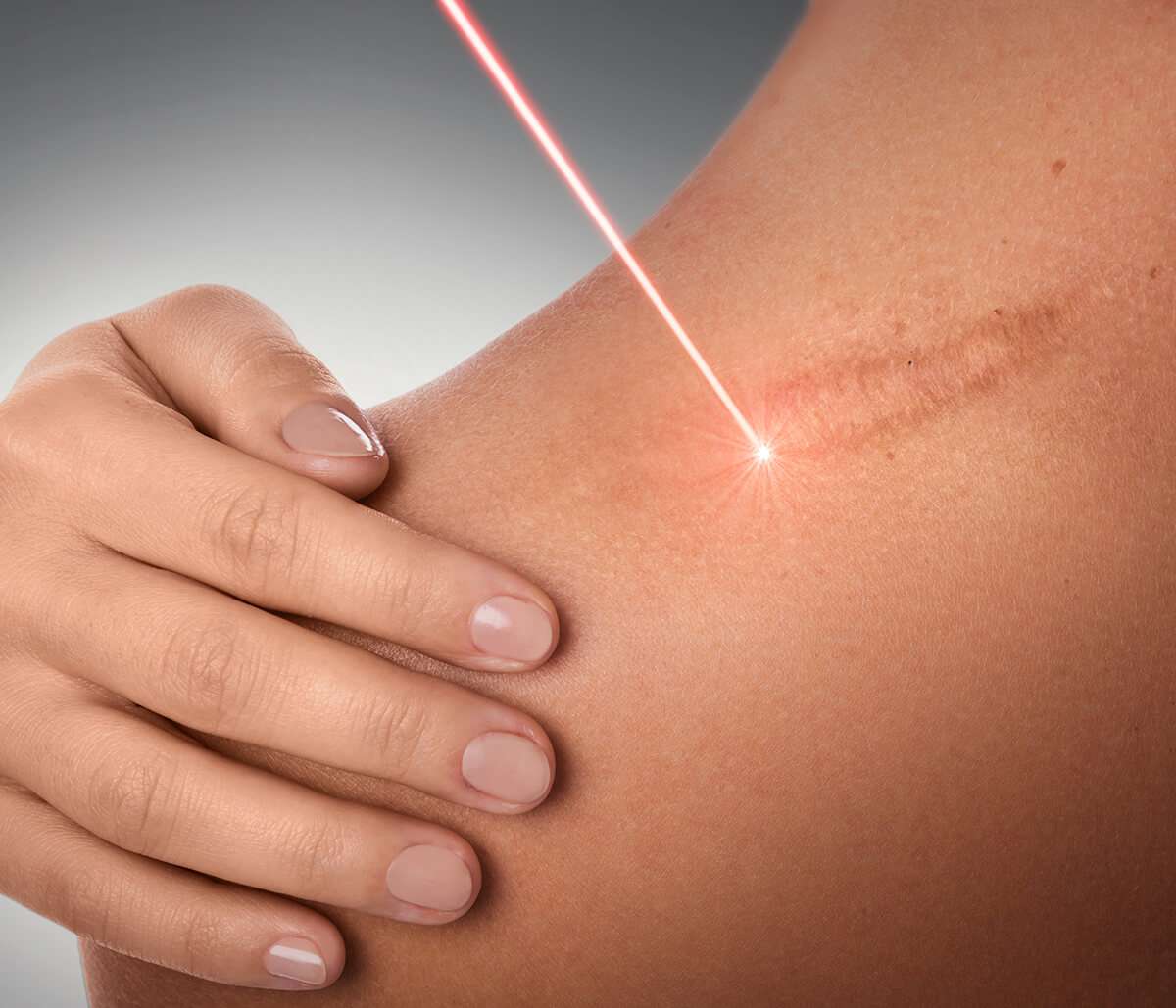
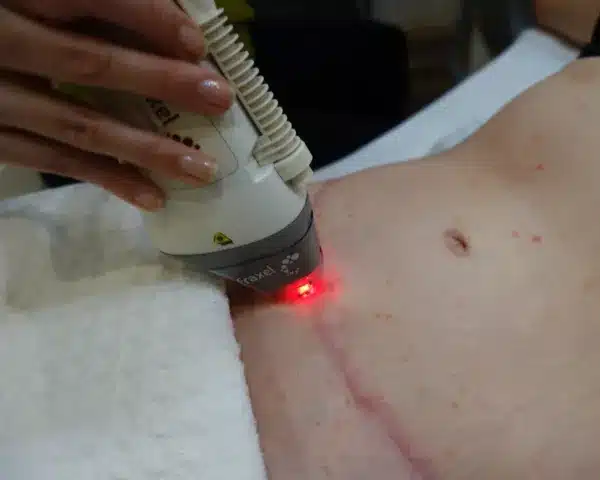

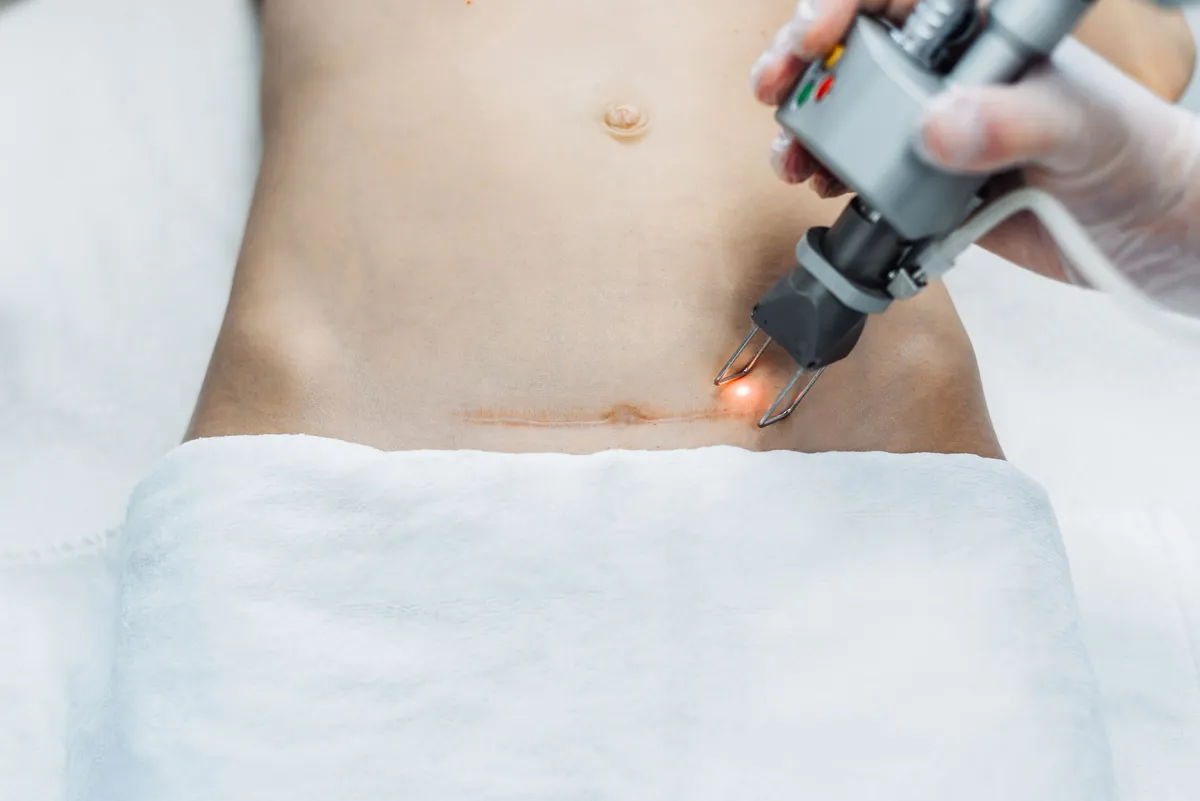
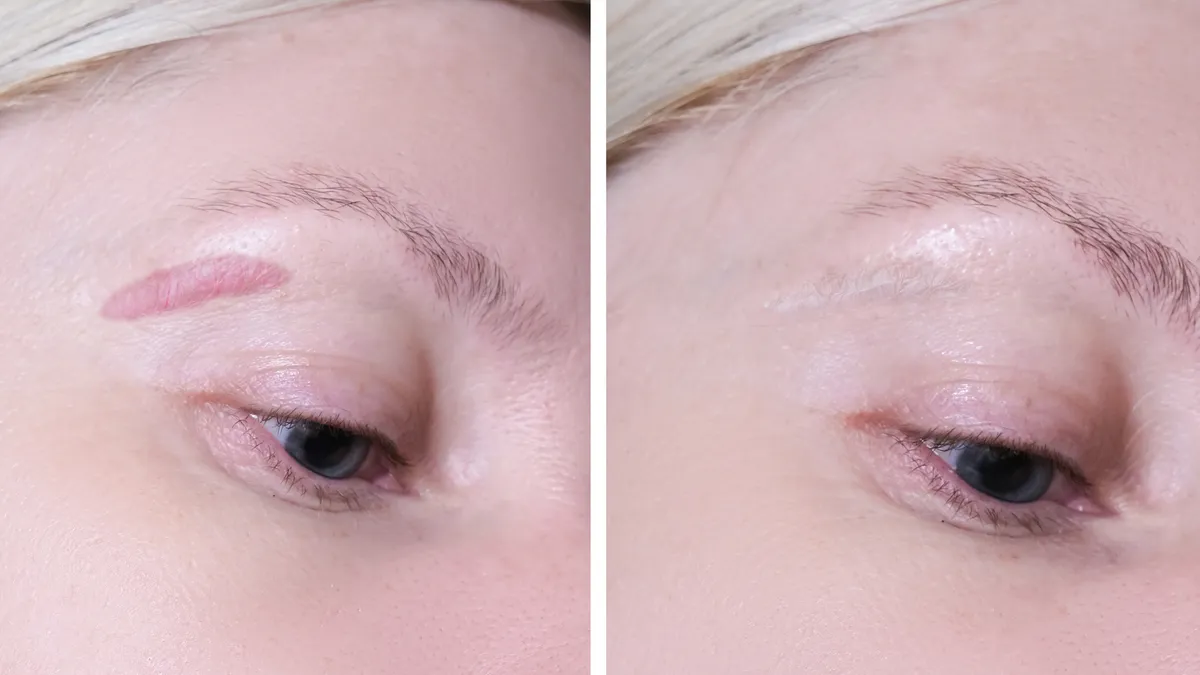
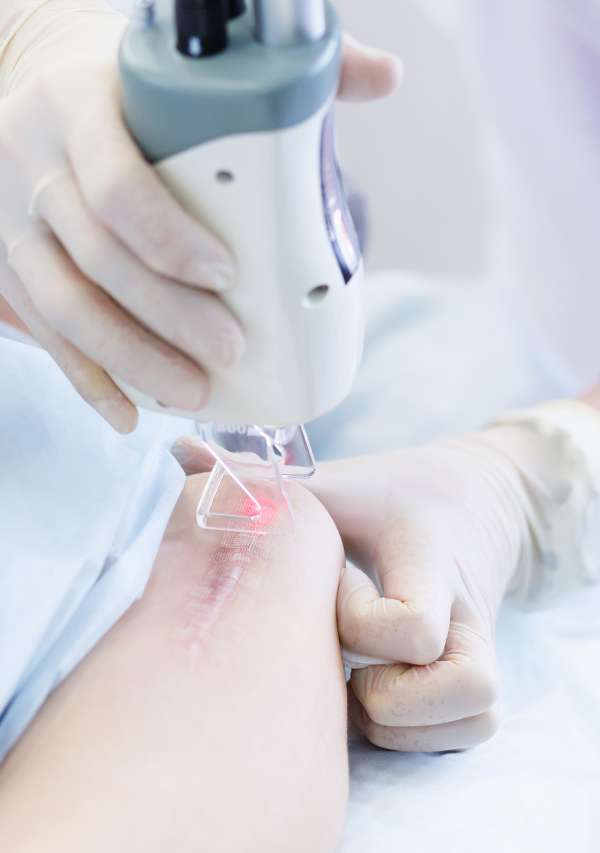

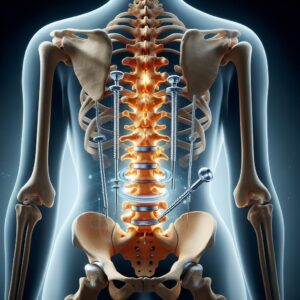
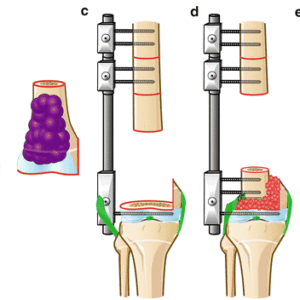
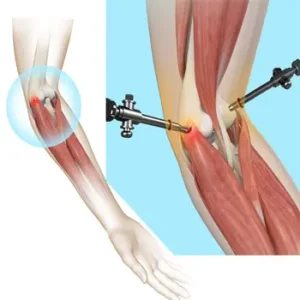
Reviews
There are no reviews yet.